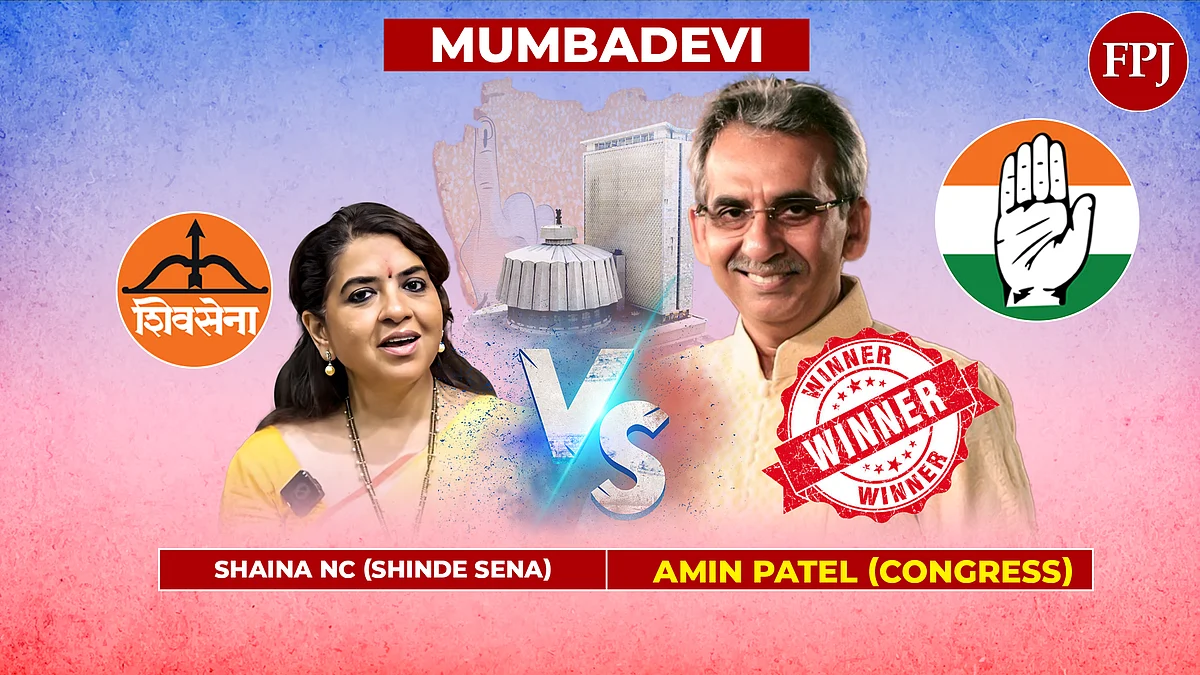Mumbai: The Bombay High Court on Thursday expedited the magisterial inquiry into the custodial death of the accused in the sexual assault on two minors in a school in Badlapur. The court also directed that all the evidence related to the case be collected, preserved, and checked by forensics experts.
The court emphasised that the police should include strong forensic evidence in the custodial death incident where the accused was killed in a retaliatory “shoot out”. As per the law, a magistrate has to conduct a judicial inquiry into custodial death cases. At present, the State Criminal Investigation Department (CID) is probing the incident.
Bombay HC Reiterates The Need To Analyze Residues From The Gunfire
Questioning the CID about the forensic evidence collected from the body of the deceased accused, the court reiterated the need to analyse residues from the gunfire. “Dead body is the most silent and honest witness,” a bench of Justices Revati Mohite-Dere and Prithviraj Chavan said.

State Advocate General Birendra Saraf informed the court that they have forwarded all the relevant documents to the magistrate for inquiry.
The bench has asked the magistrate to commence the inquiry immediately and hear all the parties concerned. “The report shall be placed before us on November 18. The magistrate inquiry report is expedited,” the bench said.
Direction Passed
The court passed the direction while hearing a petition by the father of the accused alleging that his son was murdered and sought a court-monitored probe. The accused was arrested for allegedly sexually assaulting two minor girls inside the school premises in Badlapur. On September 23, he was being transported from Taloja jail to Badlapur when there was a scuffle leading to a shootout, leading to his death.
The judges questioned the CID in detail about the forensic evidence being collected from the body of the deceased. They said that every firearm has a peculiar pattern and the residue it leaves is also different. Such residue needs to be collected from the the deceased’s head where he was shot, his hand which he used to fire the weapon, and also from the service pistol from the police. This needs to be collected, preserved, and analysed forensically, it said.

The bullets were fired from two different firearms in the incident, the court noted. “Empty shells found were of two different arms. The firing pin of every gun is different. This can be conclusive proof of which firing arm will have which firing pin… We want to see a report showing this conclusively,” the court said.
On a court query, about whether the bullet that pierced the deceased was found, Saraf said it pierced through the tin roof of the police vehicle. The bench questioned: “How far did the bullet go? It was a secluded area. Did you not find it?” Saraf said that the CID would look into it.
The police had claimed that en route, the deceased, who was handcuffed, asked for water. The police uncuffed his one hand to give him a water bottle when he allegedly snatched the pistol of one of the police officers and opened fire.

The court had earlier asked the police to seize this water bottle too. On Thursday, the judges were unimpressed when informed that the bottle had not been seized. “It is an important piece of evidence,” the court underlined.
It has also called for the medical report of the injured policeman. “We need to see his injury certificate. The bullet injury must also be having some residue so as to correlate which gun's bullet hit him,” the court added.
The HC has disposed of the application filed by the father seeking burial land for the deceased contending that no cemetery was allowing him to bury his son. The court recorded Saraf’s statement that policemen have been deputed in the vicinity so as to monitor the law and order situation.






.jpg)


